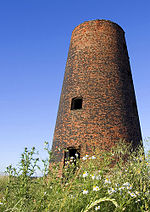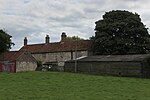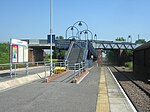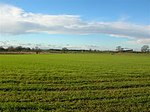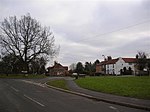Bolton Percy
Bolton PercyCivil parishes in North YorkshireSelby DistrictUse British English from July 2019Villages in North Yorkshire

Bolton Percy is a village and civil parish in the Selby District of North Yorkshire, England. According to the 2001 census it had a population of 305 in 115 households, reducing marginally to 304 at the 2011 census. The village is about 4 miles (6.4 km) east of Tadcaster. The village was historically part of the West Riding of Yorkshire until 1974.
Excerpt from the Wikipedia article Bolton Percy (License: CC BY-SA 3.0, Authors, Images).Bolton Percy
Low Farm Close,
Geographical coordinates (GPS) Address Nearby Places Show on map
Geographical coordinates (GPS)
| Latitude | Longitude |
|---|---|
| N 53.865671 ° | E -1.190754 ° |
Address
Low Farm Close
Low Farm Close
YO23 7AY
England, United Kingdom
Open on Google Maps



